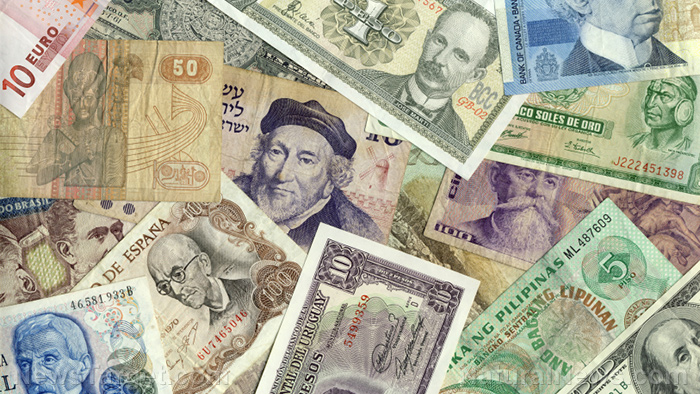
According to Bloomberg Economics, the move aims to bolster Russia's reserves as growing energy revenues "stabilize" public finances despite the West's efforts to squeeze Kremlin's income. The media outlet estimated initial volumes amounting to an equivalent of around $200 million in yuan per month.
The Chinese currency is the main asset Russia can still use to conduct transactions for its $154 billion wealth fund because of the sanctions that cut the country off from the world's dollar-denominated financial system.
"It will be important for the market that the state is starting to accumulate reserves again instead of spending them," the analyst at Freedom Holding Corp. Natalia Milchakova remarked. "This may even positively affect the ruble."
Bloomberg's Russia economist, Alexander Isakov pointed out that the resumption of foreign exchange purchases may initially be small but will still be "highly symbolic." This will show that Russia is building reserves rather than "eating through" them.
Russia sold from its wealth fund in 2023 to cover spending, and the shift from selling to buying would highlight "Russia's ability to keep up the flow of petrodollars in the face of sanctions and the price cap" imposed by the Group of Seven (G7) industrialized nations and their partners in the European Union as well as their allies, the outlet said.
Moscow stopped the said purchases in late January 2022 and then suspended the program when the Russia-Ukraine war began. The Bank of Russia resumed operations with foreign currency at the beginning of 2023, amid soaring oil and gas revenues. The move was part of a revamped budgetary mechanism designed to shield the economy from the volatility of commodity markets, and transactions are now carried out in yuan.
However, in the past couple of months, Moscow slashed yuan sales to deal with their budget deficit. Their sales halved in April compared to February.
Russia maintains energy revenues despite Western sanctions
The West has placed various sanctions on President Vladimir Putin and Russia, but the administration has still managed to continuously make money from its energy resources.
As per Bloomberg, the Kremlin has accomplished this in large part by forcing oil producers like Gazprom and Lukoil to pay more taxes. The Eurasian country has also been able to counter the restrictions by redirecting oil exports to alternative markets such as China and India.
The two Asian countries have been snapping up so much Russian crude that Russia's first-quarter seaborne crude exports surpassed levels in the same period last year, according to Kpler, a commodities analytics firm.
According to the Paris-based autonomous intergovernmental organization International Energy Agency, Moscow's April revenue was down about 43 percent from a year ago. However, oil prices have gotten support since early April due to production cuts from the Organization of the Petroleum Exporting Countries (OPEC) and Russia.
Moreover, China's economic reopening after nearly three years of on-off Wuhan coronavirus (COVID-19) lockdowns is also expected to give support to prices. (Related: Glenn Beck warns: The East dumping of the petrodollar brings U.S. economy closer to COLLAPSE.)
Visit CurrencyCrash.news for more stories about governments around the world steering away from the petrodollar.
Watch a Health Ranger Report podcast below where Mike Adams discusses how Putin is challenging the petrodollar with new hydrocarbonruble.
This video is from the Health Ranger Report channel on Brighteon.com.
More related stories:
Shift away from U.S. 'petrodollar' and towards gold-backed currencies in the Global South continues.
Sources include:
Please contact us for more information.





















